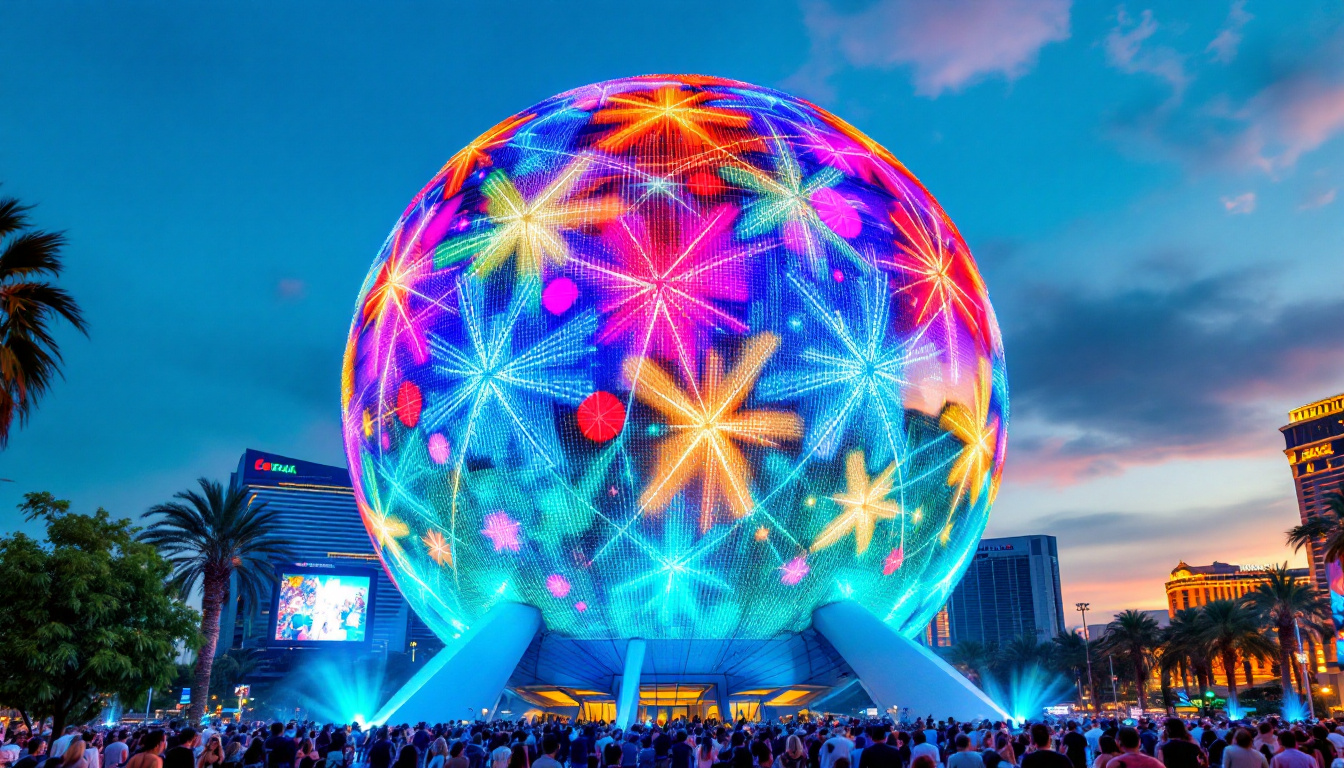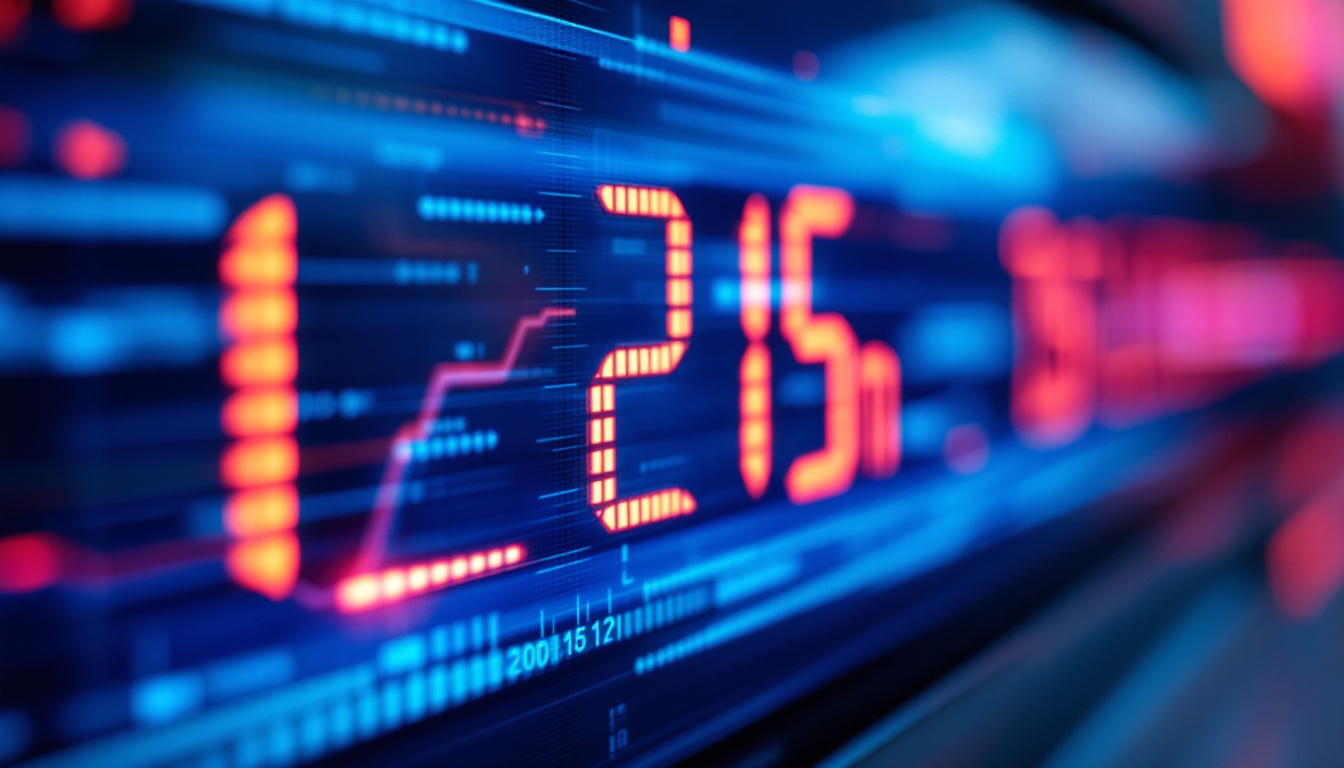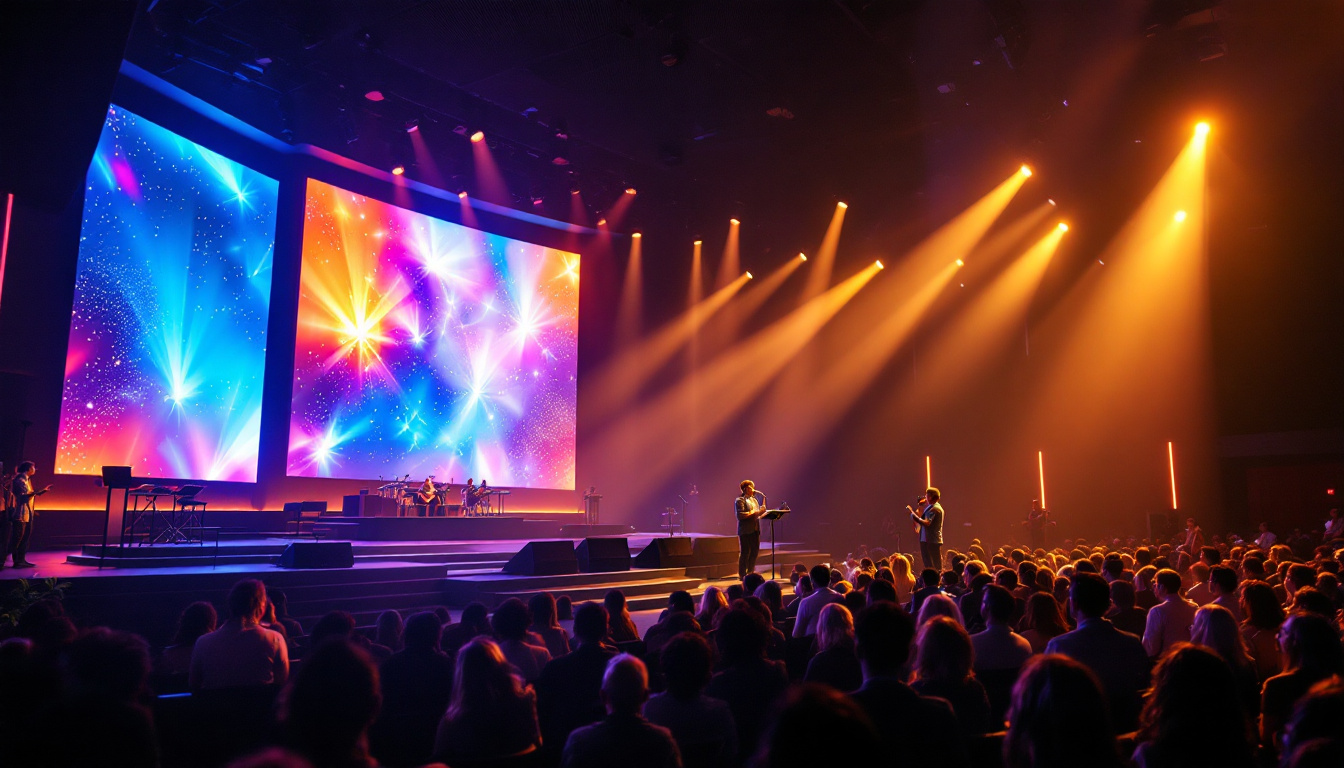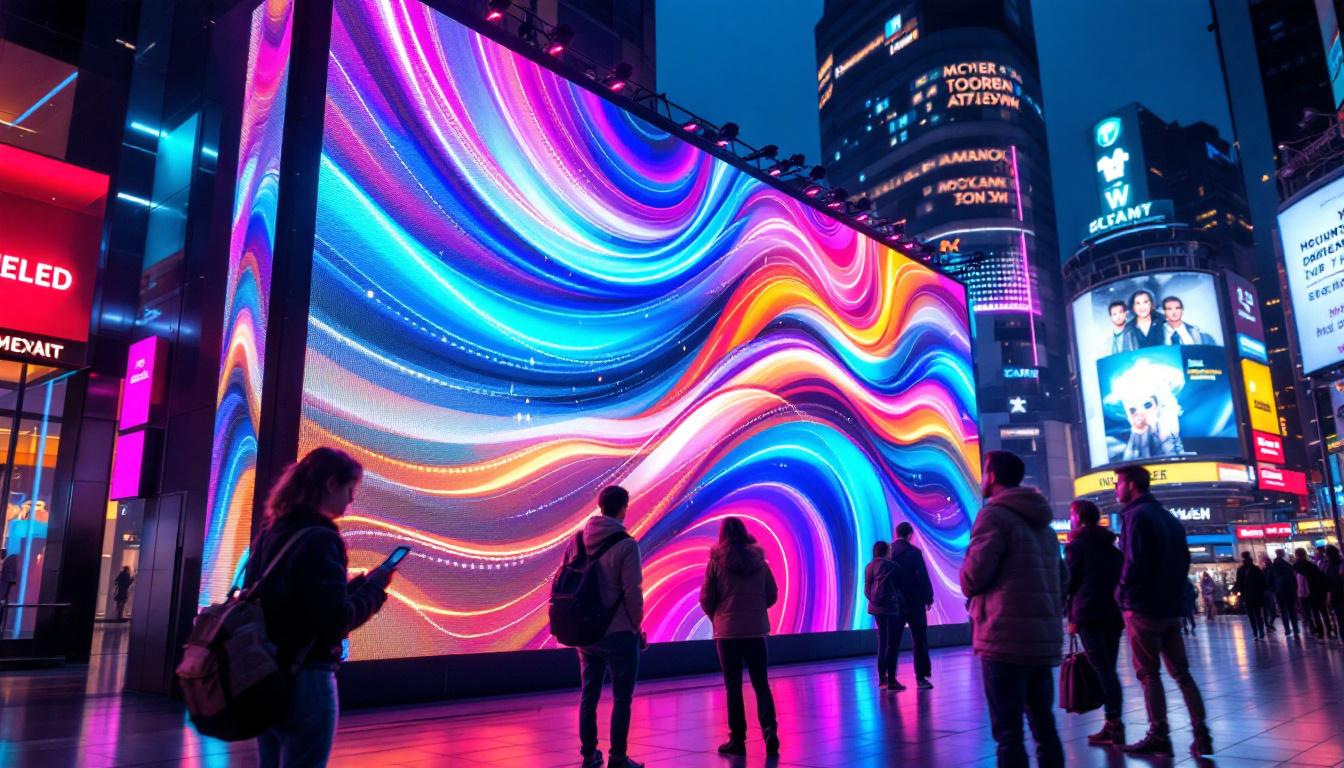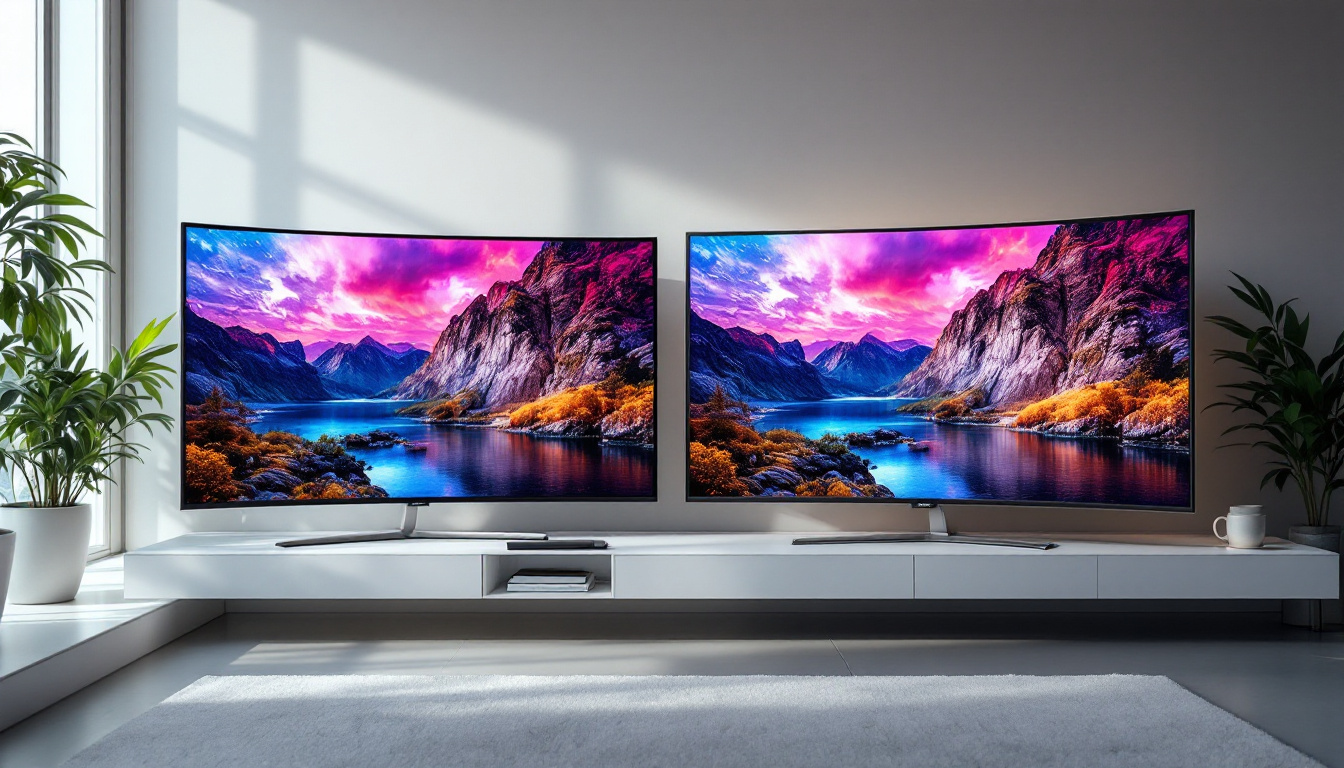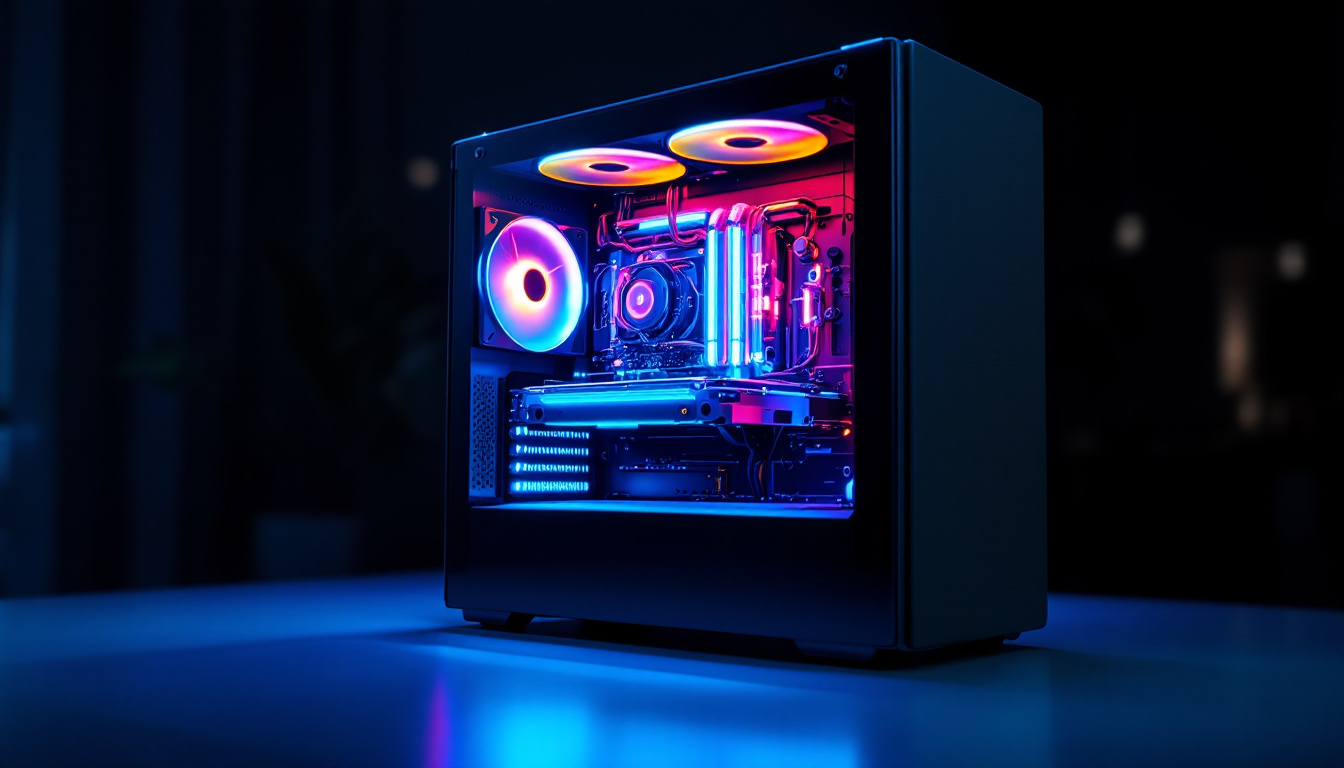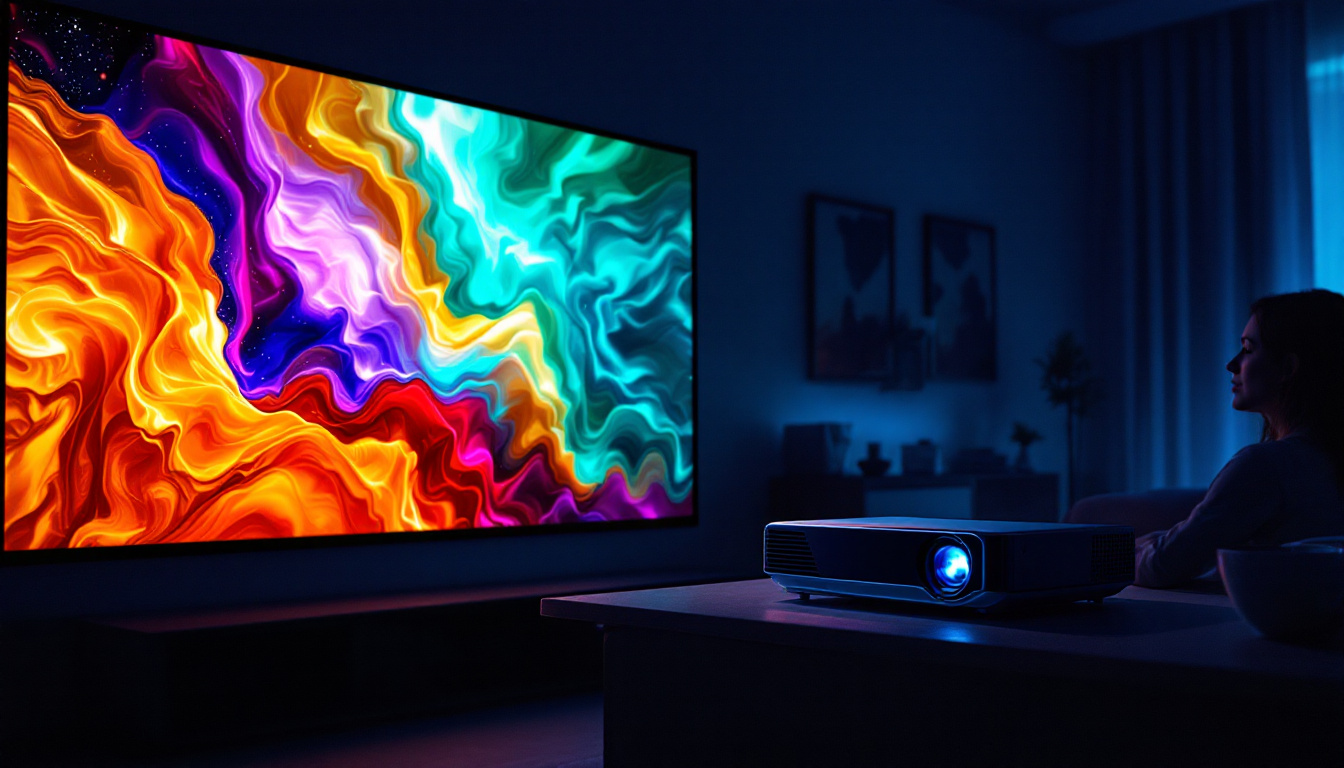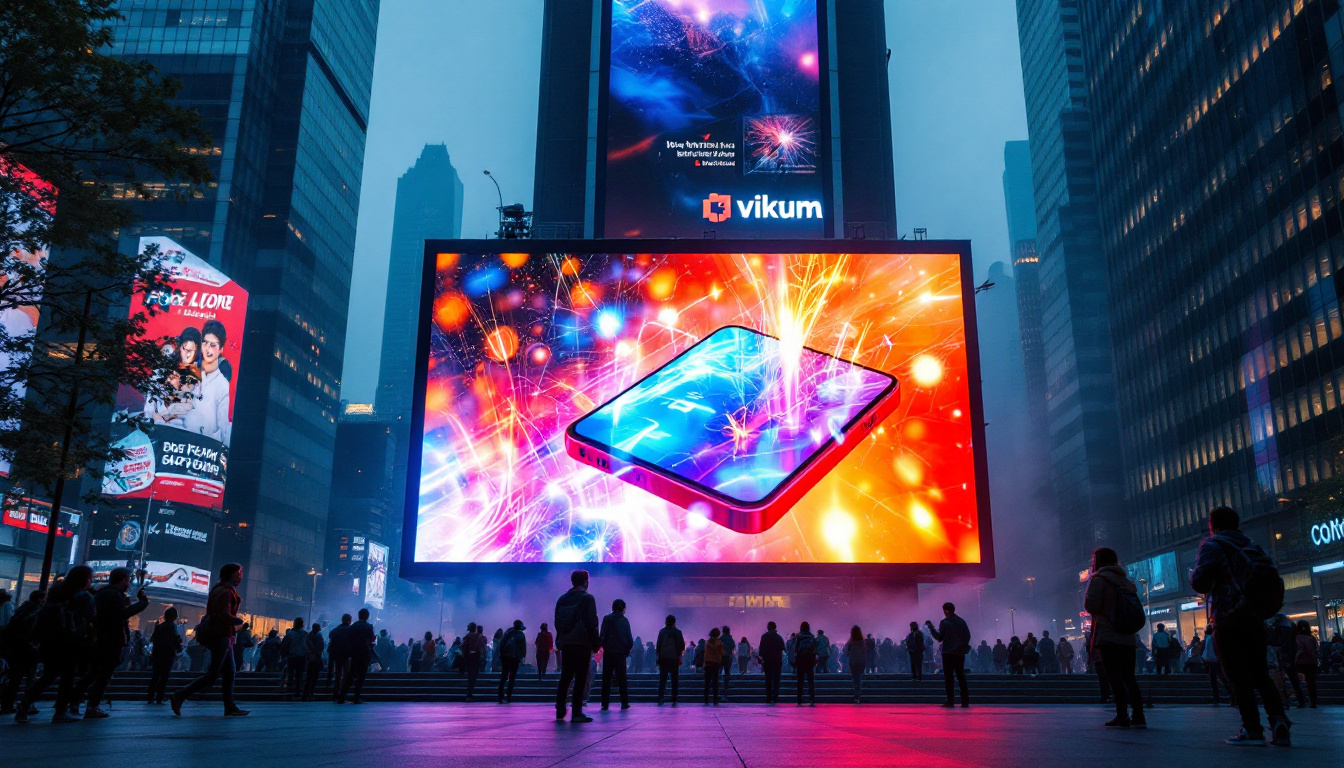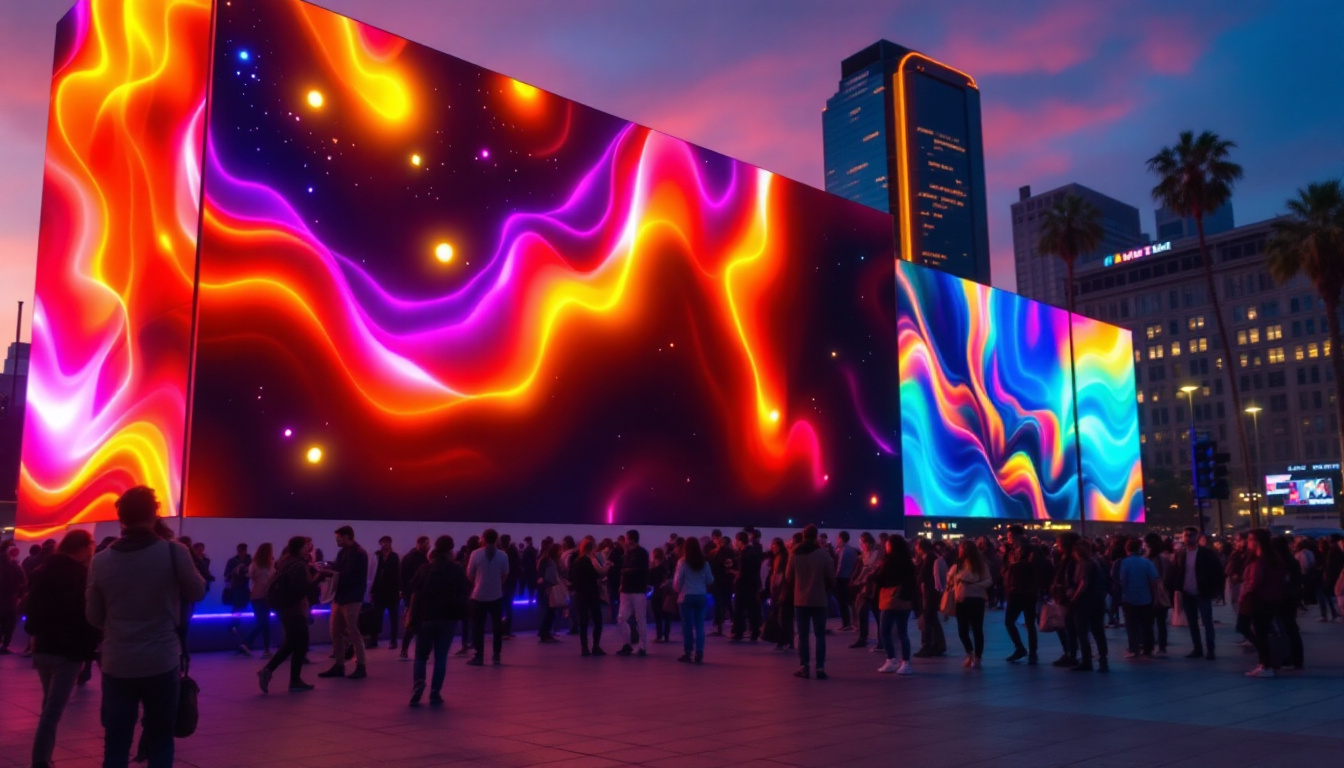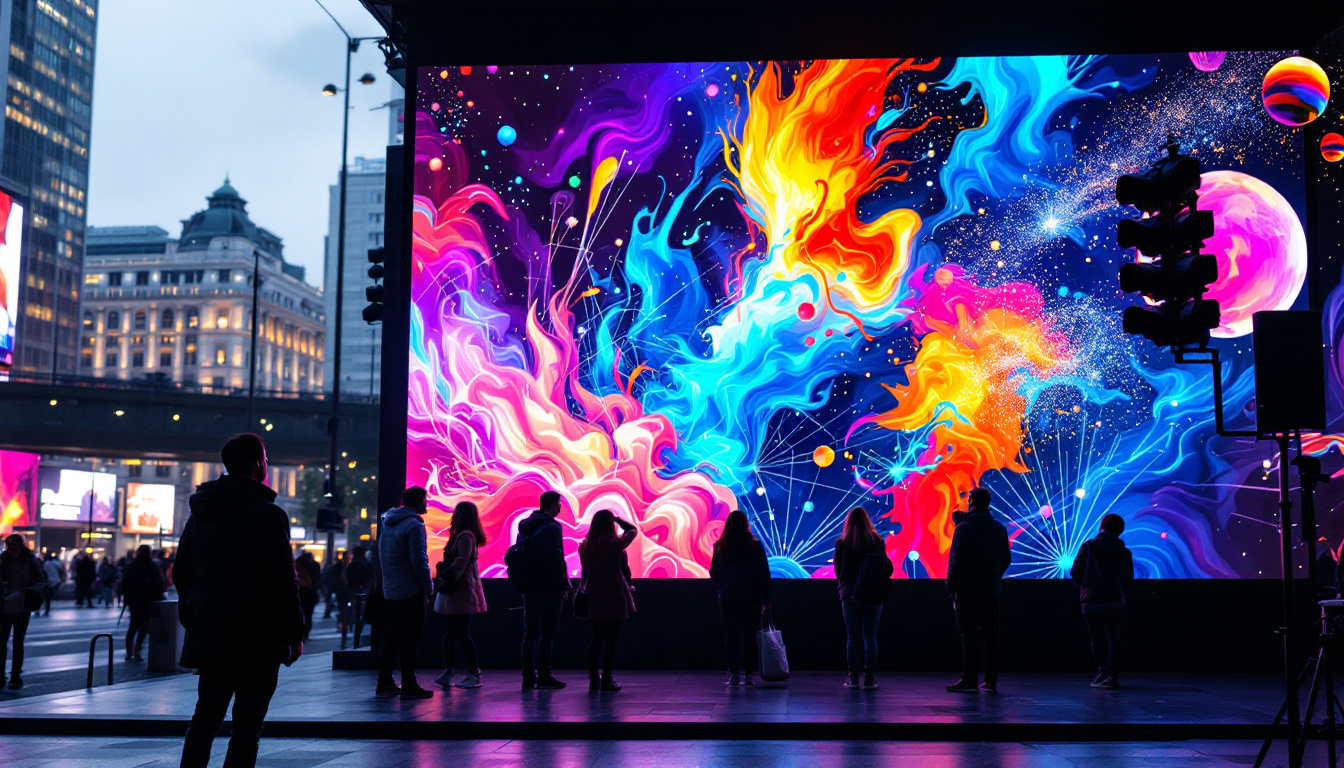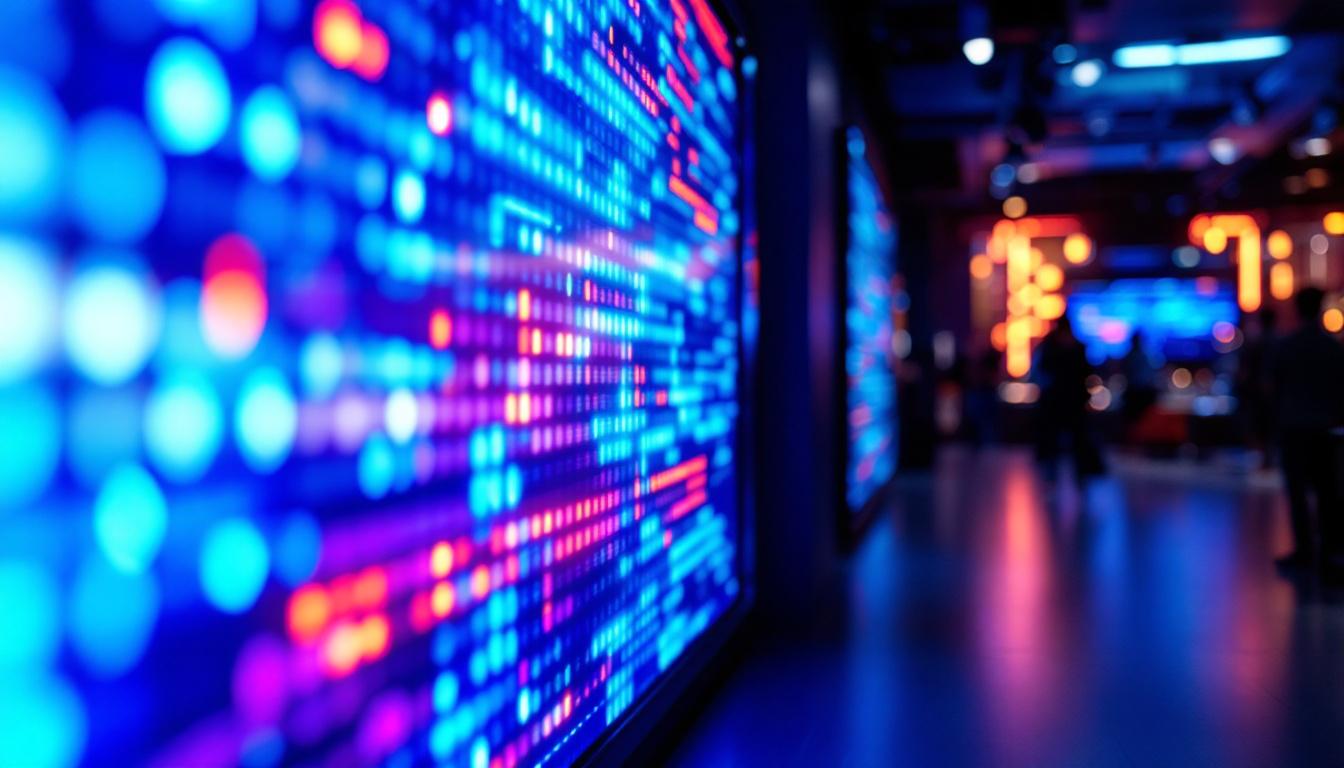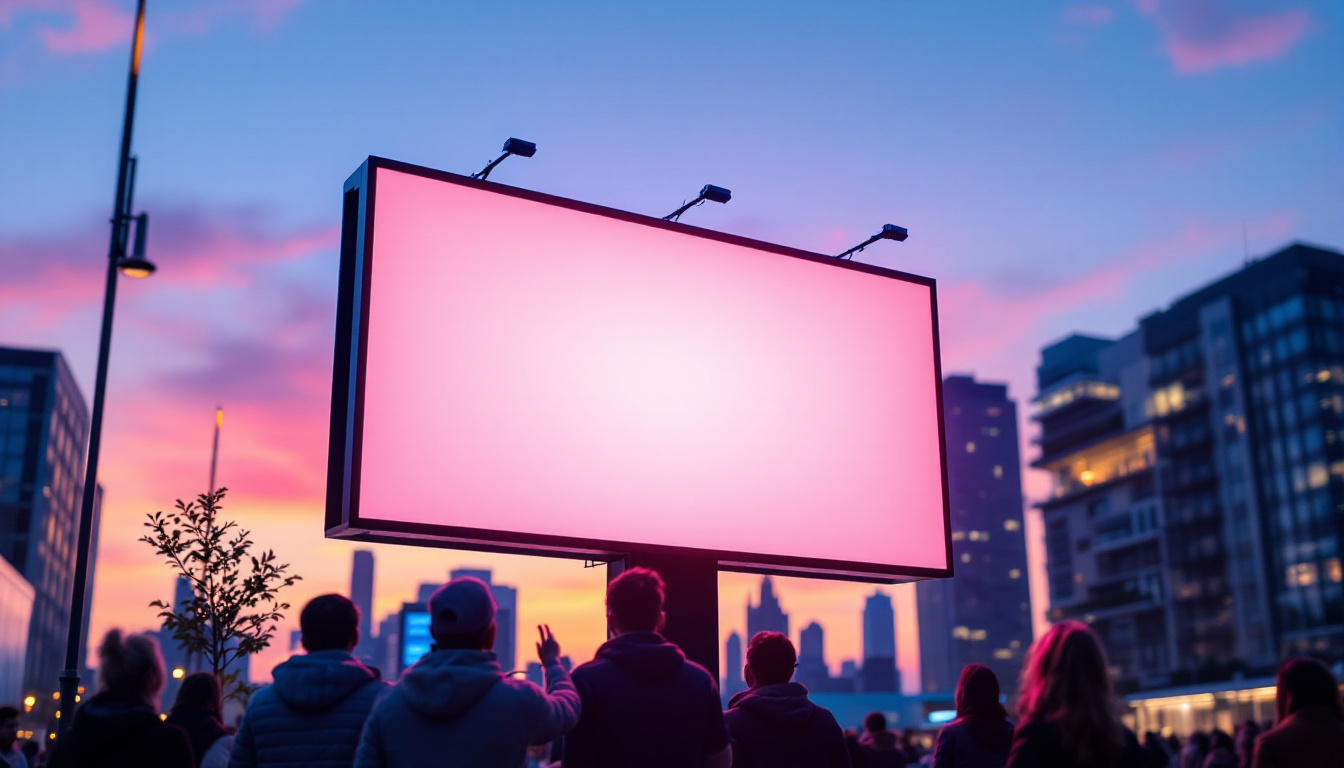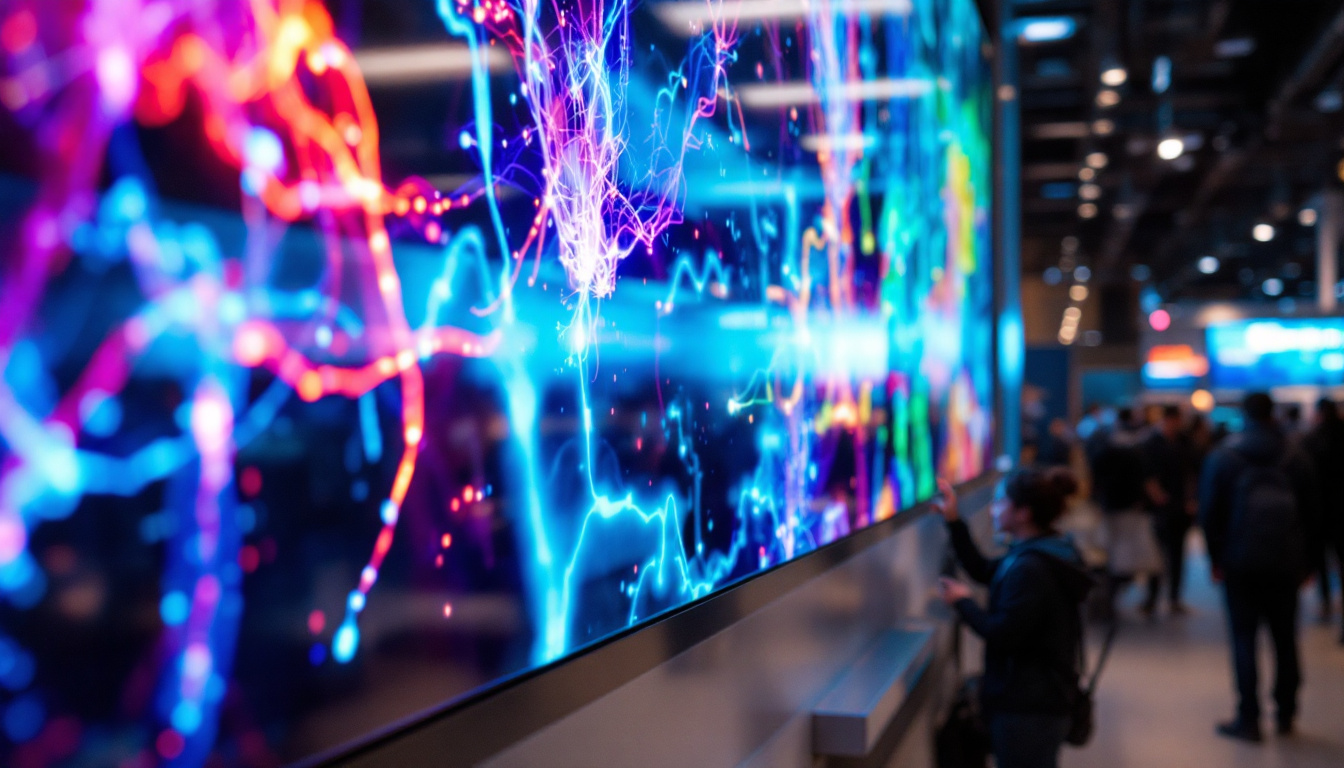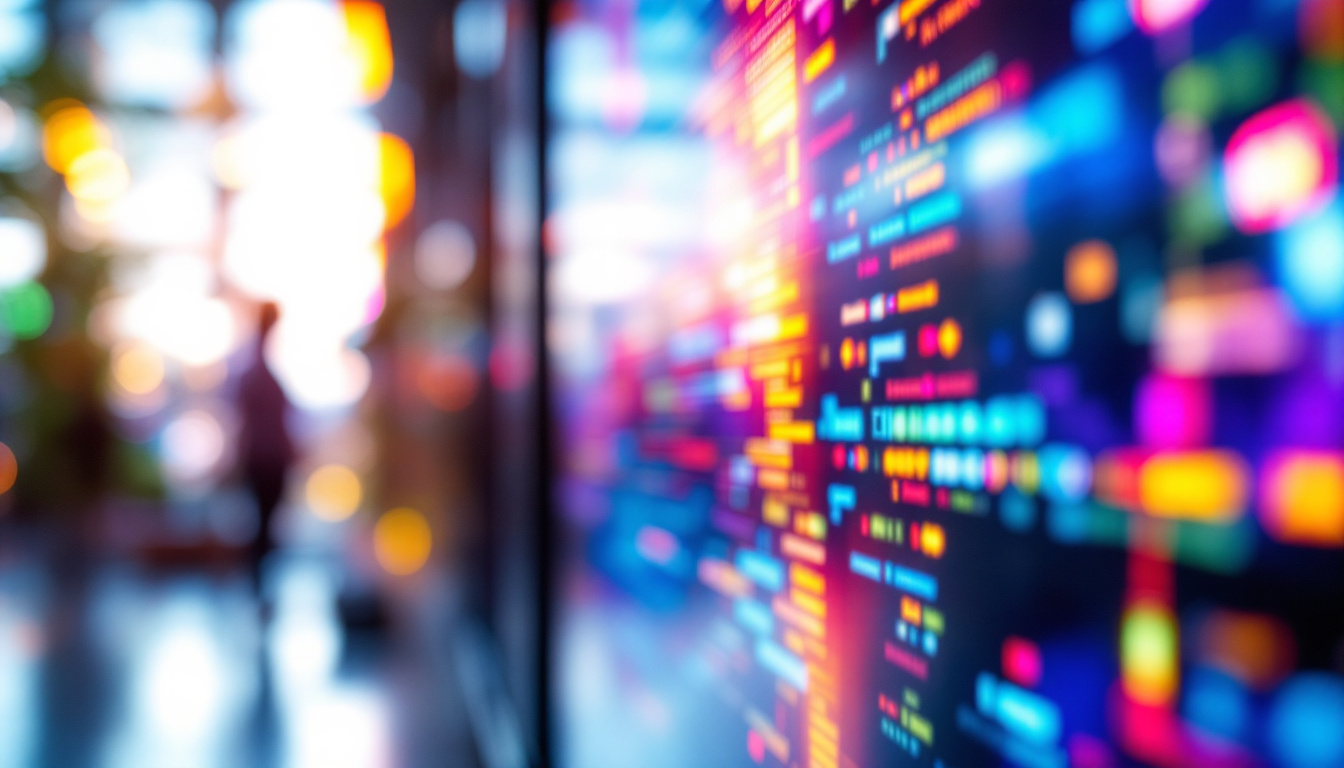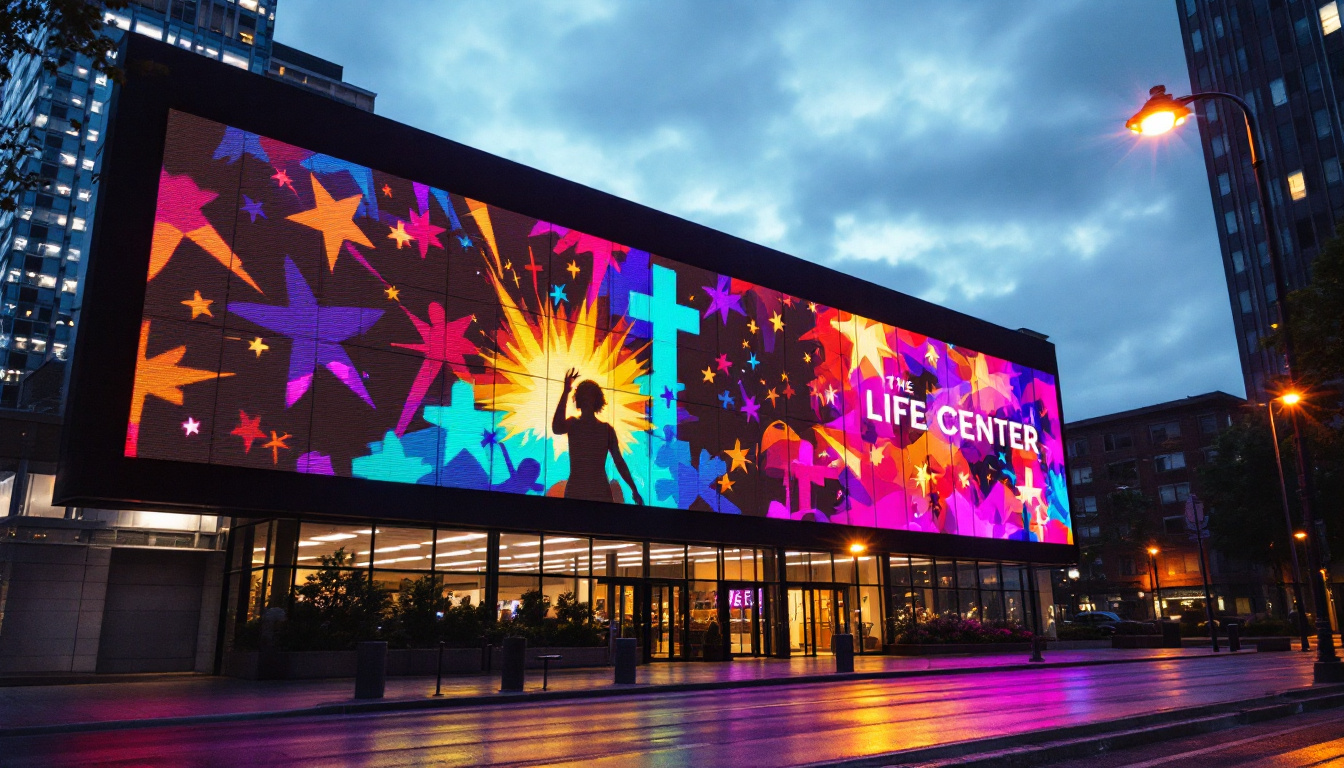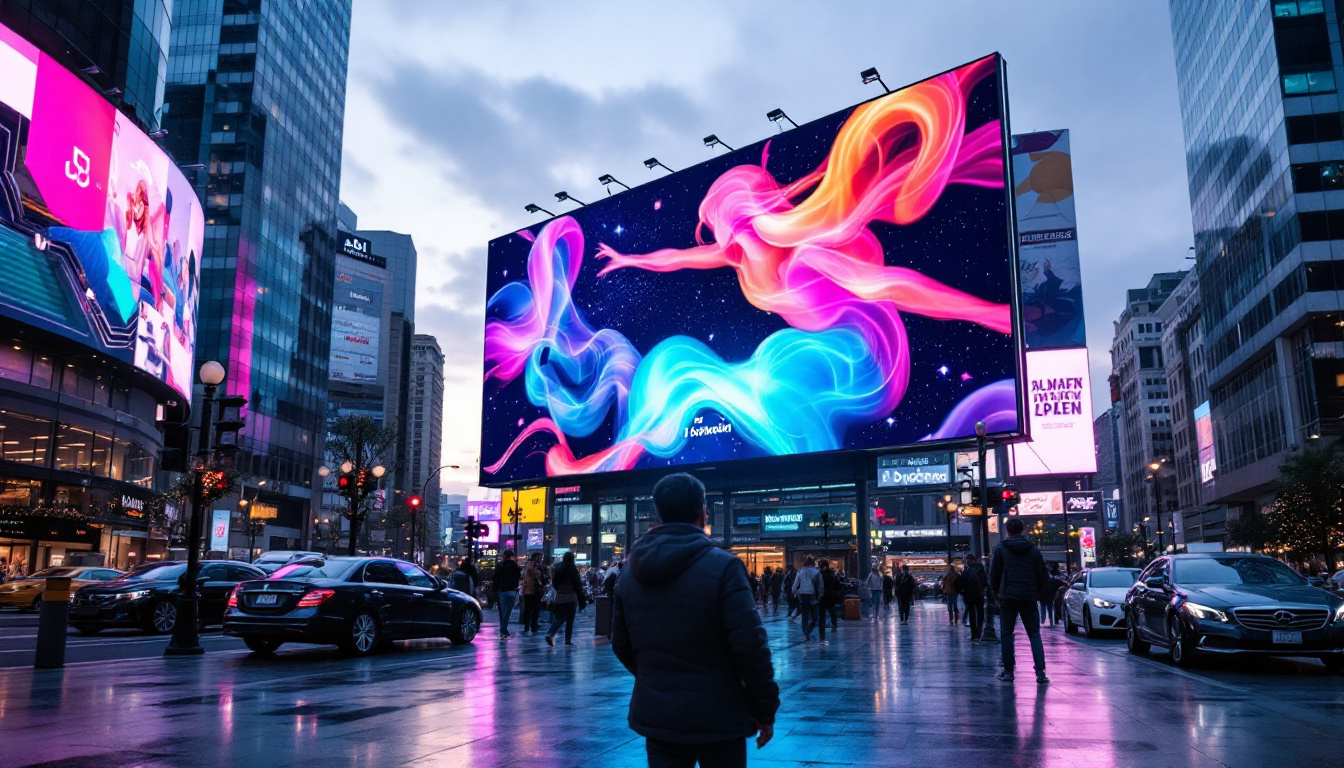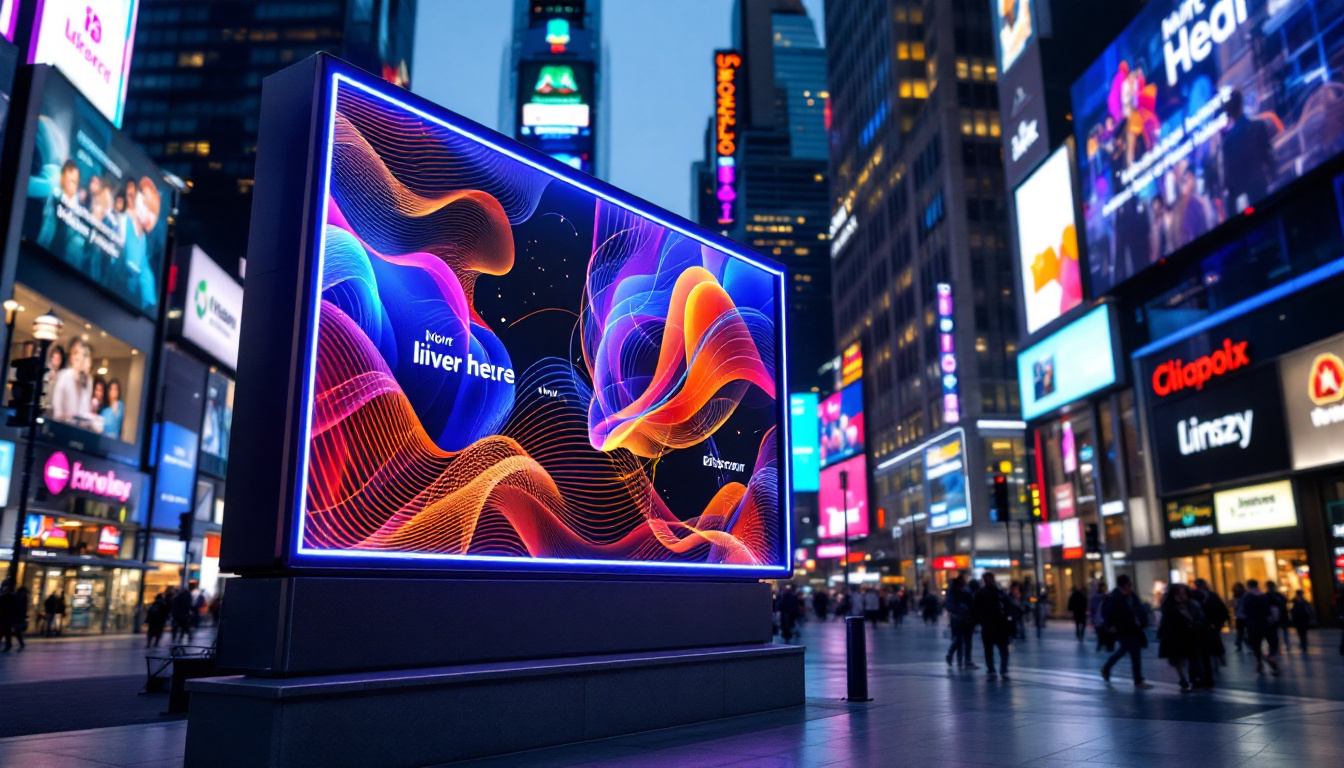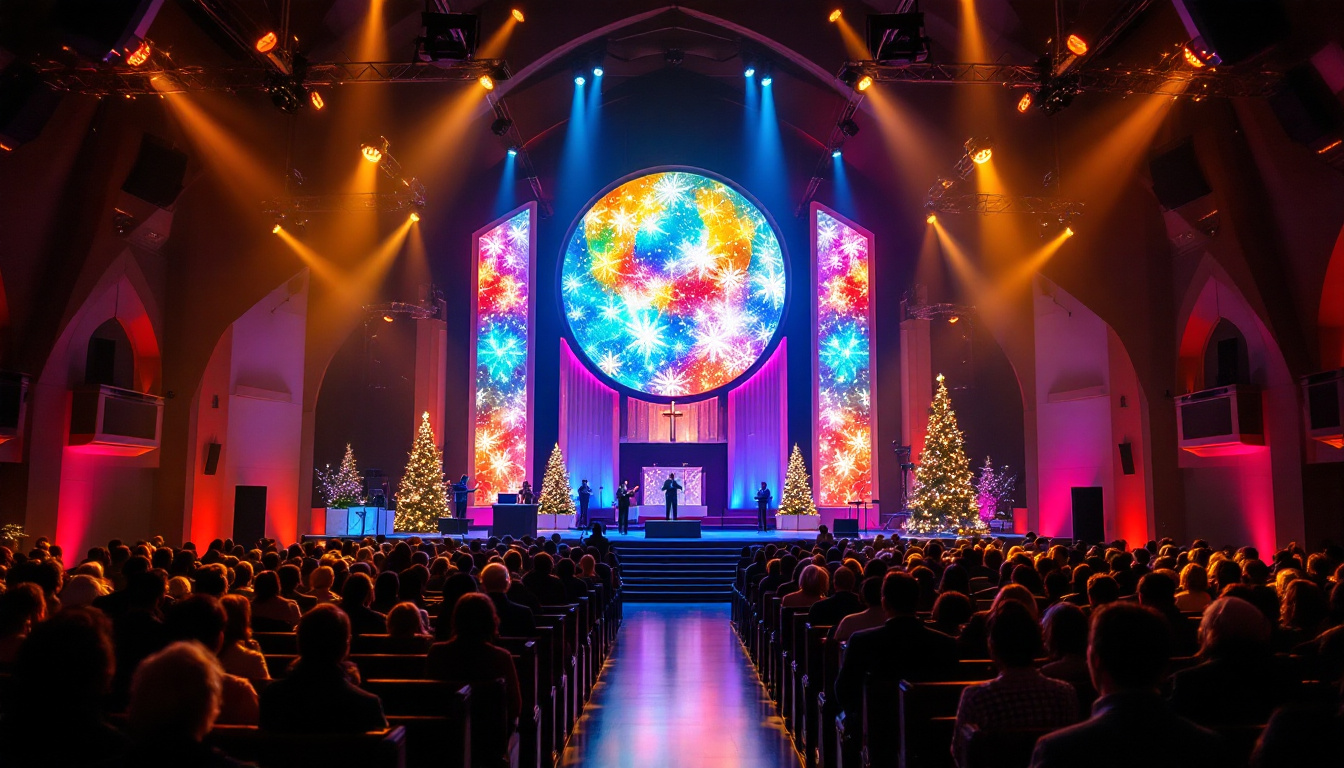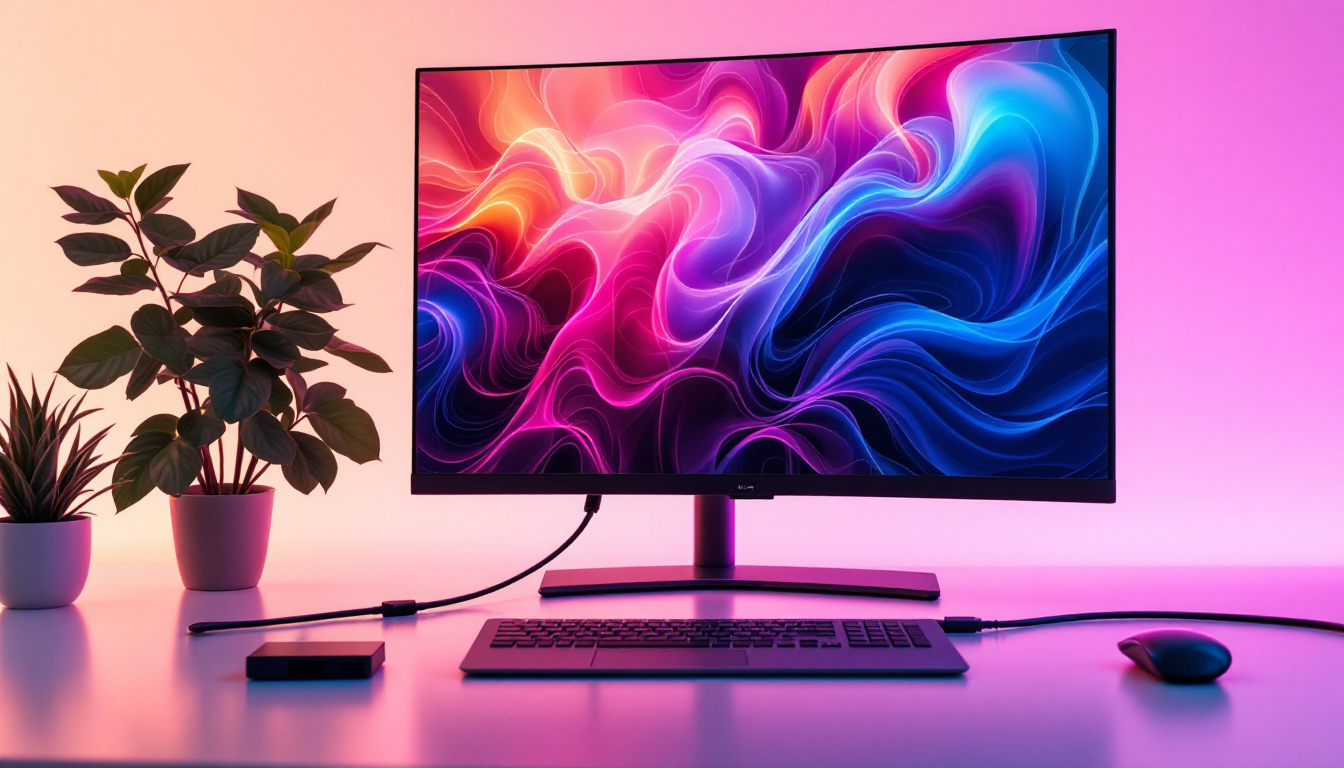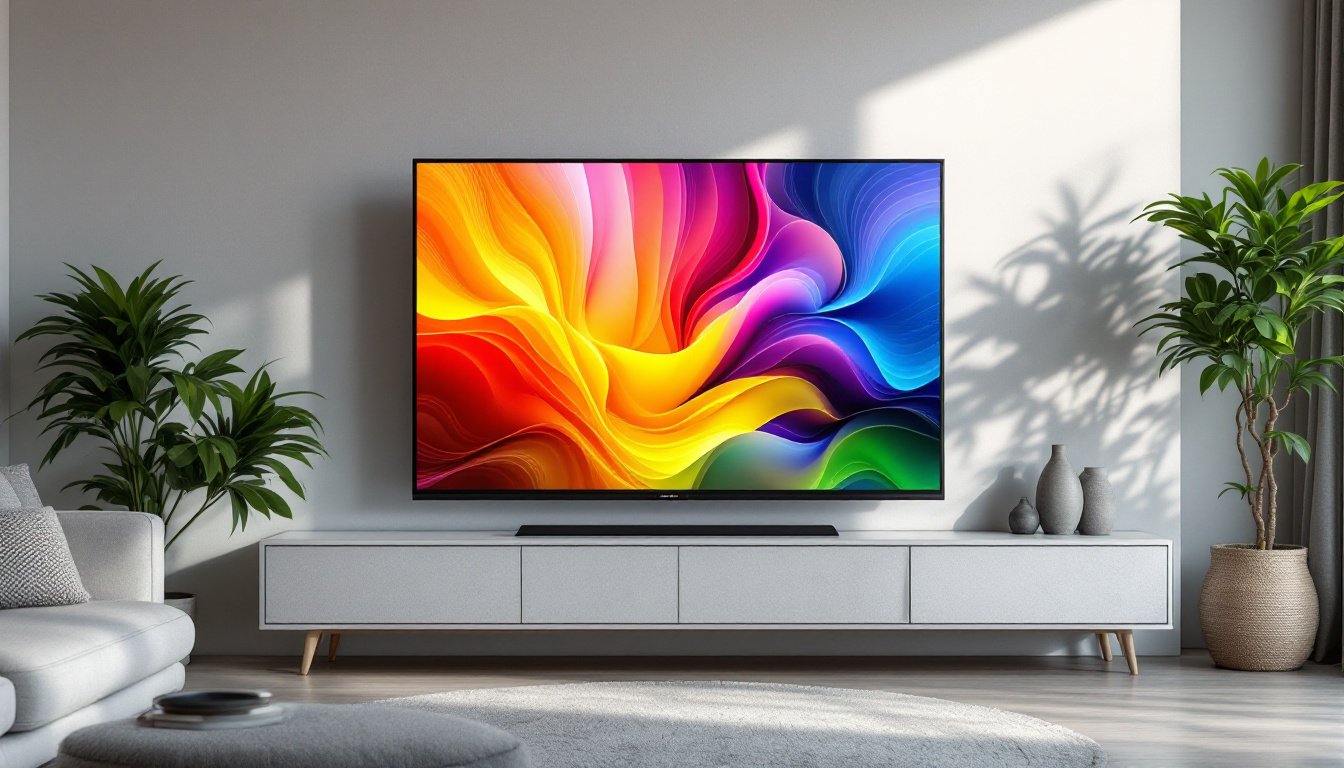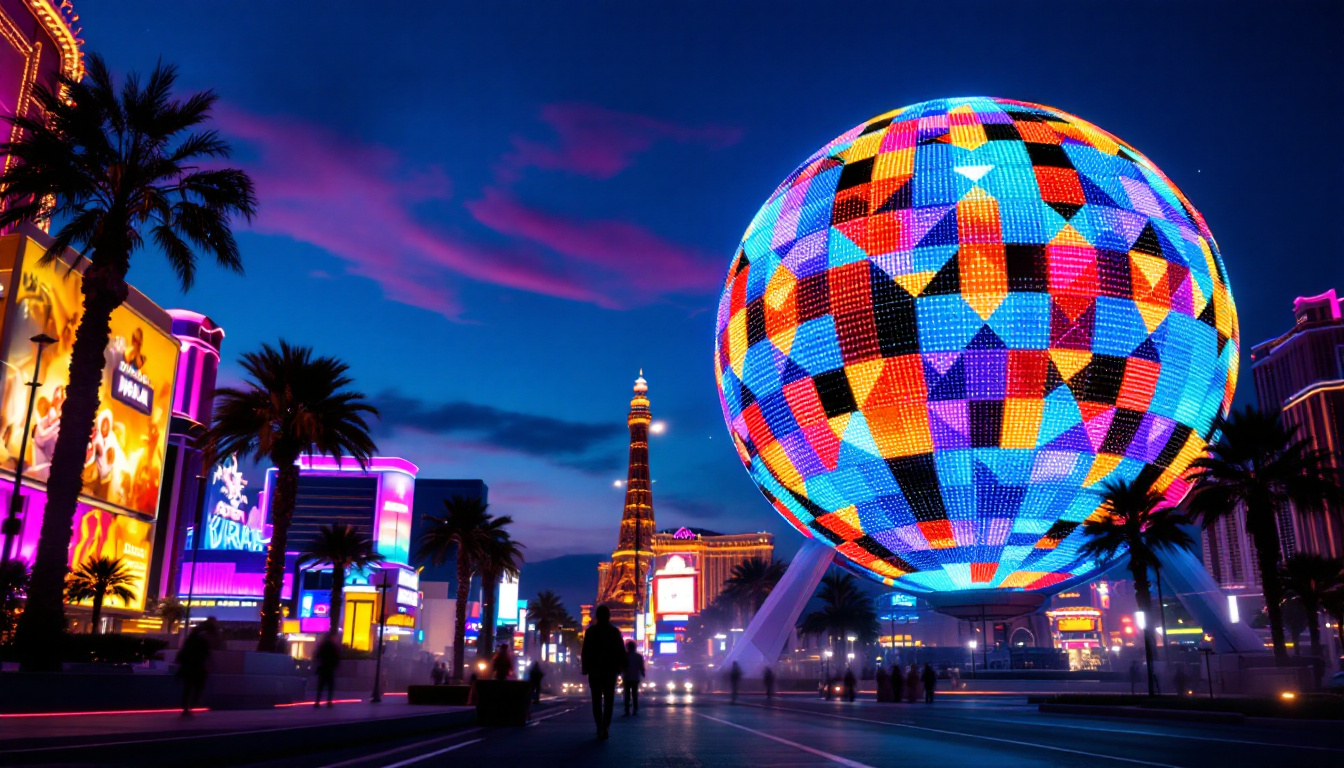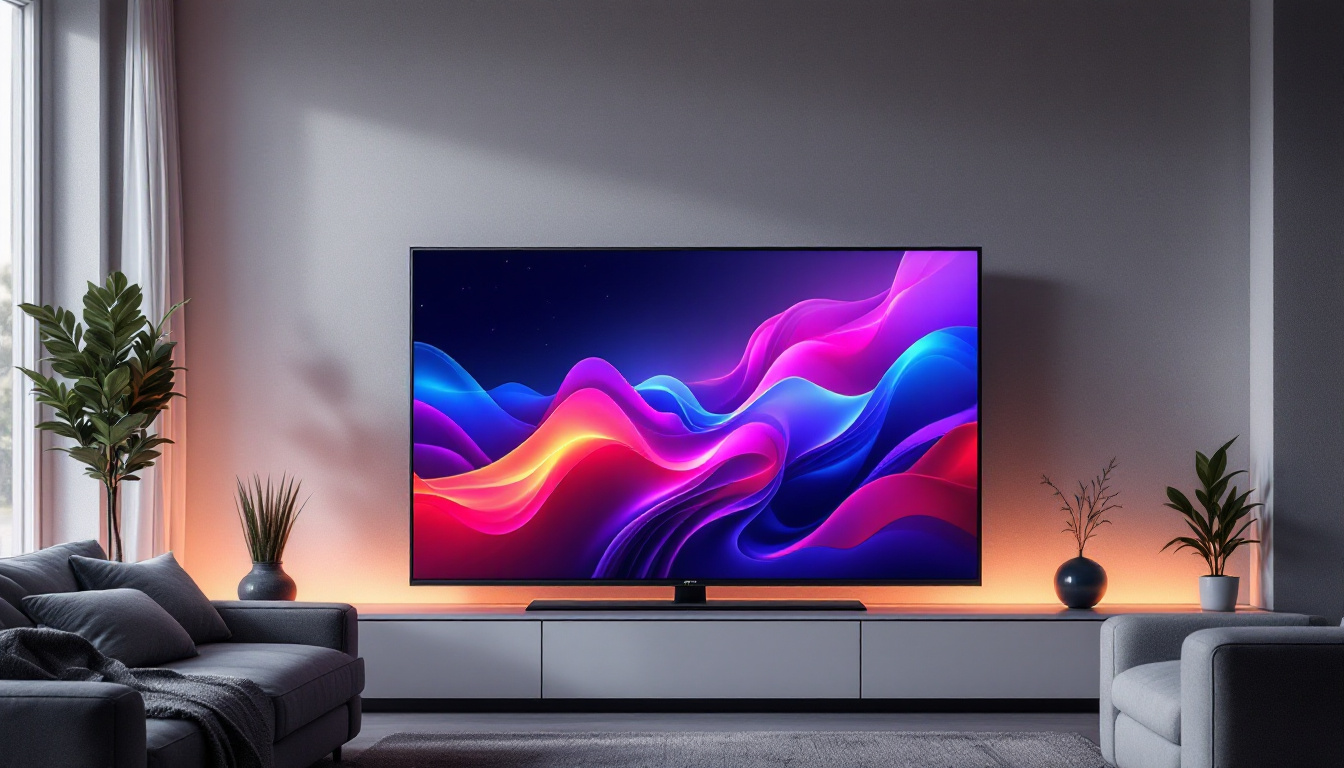In today’s fast-paced digital environment, LED displays have emerged as a pivotal technology for communication and advertising. Standish Management, a leading firm in the field, has been at the forefront of integrating LED display solutions into various sectors. This article delves into the intricacies of LED displays, their advantages, applications, and the future trends shaping this dynamic industry.
Understanding LED Displays
LED, or Light Emitting Diode, displays utilize semiconductor technology to produce light. Unlike traditional displays, which may rely on backlighting or other methods, LED displays generate their own light, resulting in vibrant colors and high contrast ratios. This technology has revolutionized the way information is presented, making it more engaging and visually appealing. The energy efficiency of LED displays also contributes to their popularity, as they consume significantly less power than conventional display technologies, leading to reduced operational costs and a smaller carbon footprint.
How LED Displays Work
The core of an LED display is its array of diodes. Each diode emits light when an electric current passes through it. By combining red, green, and blue diodes, a full spectrum of colors can be created. This RGB (Red, Green, Blue) model allows for the display of rich images and videos, making it ideal for advertising and information dissemination. The precision with which these diodes can be controlled enables dynamic content to be displayed, such as animations and real-time data, enhancing viewer engagement and interaction.
LED displays can be categorized into two main types: direct-view and backlit. Direct-view displays are composed of individual LED elements that form the entire image, while backlit displays use LEDs to illuminate a liquid crystal display (LCD) panel. Each type has its own set of advantages and is suited for different applications. For instance, direct-view displays are often preferred for large-scale outdoor advertising due to their brightness and visibility from a distance, whereas backlit displays are commonly found in consumer electronics like televisions and computer monitors for their ability to produce sharp images in a compact form factor.
Types of LED Displays
LED displays come in various forms, each tailored for specific uses. The most common types include:
- Indoor Displays: These are designed for close viewing and are typically used in retail environments, conference rooms, and entertainment venues. They offer high resolution and vibrant colors, making them perfect for immersive experiences. The pixel density in indoor displays is higher, allowing for detailed graphics and text that can be easily read from short distances.
- Outdoor Displays: Built to withstand weather conditions, outdoor LED displays are often used for billboards and sports stadiums. They are brighter and more durable than indoor displays, equipped with protective coatings to guard against rain, dust, and UV rays. This resilience ensures that the content remains visible and engaging, even in direct sunlight or adverse weather conditions.
- Transparent LED Displays: These innovative displays allow light to pass through, making them ideal for storefronts and exhibitions where visibility is key. They create a unique visual effect, enabling businesses to showcase products behind the display while simultaneously broadcasting advertisements. This dual functionality not only enhances the aesthetic appeal of retail spaces but also maximizes advertising potential without obstructing views.
Advantages of LED Displays
LED displays offer numerous benefits that make them a preferred choice for businesses and organizations. Their unique characteristics set them apart from traditional display technologies.
Energy Efficiency
One of the most significant advantages of LED displays is their energy efficiency. Compared to traditional incandescent or fluorescent lighting, LEDs consume significantly less power. This not only reduces operational costs but also contributes to a lower carbon footprint, making them an environmentally friendly option. In addition, many LED displays come equipped with smart technology that allows for automatic brightness adjustment based on ambient light conditions, further optimizing energy consumption and extending the life of the display.
Longevity and Durability
LED displays are known for their long lifespan, often exceeding 50,000 hours of operation. This durability translates to fewer replacements and lower maintenance costs. Furthermore, many LED displays are designed to withstand harsh environmental conditions, making them suitable for outdoor use. Their robust construction often includes weatherproofing and resistance to shock and vibration, which is essential for installations in high-traffic areas or extreme weather environments. This resilience not only enhances their reliability but also ensures that businesses can maintain a consistent visual presence without frequent interruptions.
High Visibility and Brightness
LED displays are exceptionally bright, ensuring visibility even in direct sunlight. This characteristic is particularly advantageous for outdoor advertising, where competing with natural light can be challenging. The high contrast ratios and vibrant colors enhance the viewer’s experience, making messages more impactful. Additionally, LED technology allows for a wide range of color options and dynamic animations, which can capture attention more effectively than static displays. This versatility enables businesses to tailor their messaging and create engaging content that resonates with their target audience, ultimately driving higher engagement and conversion rates.
Versatility in Applications
Another compelling advantage of LED displays is their versatility in applications. From large-scale billboards to smaller indoor screens, LEDs can be adapted for various uses, including retail signage, event displays, and transportation information boards. This adaptability means that organizations can leverage LED technology across multiple platforms, ensuring a cohesive branding strategy. Furthermore, with advancements in technology, LED displays can now be integrated with interactive features, allowing for touch-sensitive interfaces that enhance user engagement and provide real-time information, making them an ideal choice for modern marketing strategies.
Applications of LED Displays
The versatility of LED displays allows them to be utilized across various industries. Their applications range from advertising to information dissemination, showcasing their adaptability.
Advertising and Marketing
In the realm of advertising, LED displays have transformed how brands communicate with consumers. Their ability to display dynamic content, such as videos and animations, captures attention more effectively than static billboards. This engagement leads to increased brand awareness and customer interaction.
Transportation and Wayfinding
LED displays are widely used in transportation systems for wayfinding and information dissemination. Airports, train stations, and bus terminals employ LED screens to provide real-time updates on arrivals, departures, and schedules. This enhances the travel experience by keeping passengers informed and reducing confusion.
Events and Entertainment
In the entertainment industry, LED displays play a crucial role in creating immersive experiences. Concerts, sporting events, and festivals utilize large LED screens to enhance visuals and provide information to audiences. The ability to display high-definition content in real-time adds a dynamic element to live events, making them more memorable.
Future Trends in LED Display Technology
The LED display industry is continually evolving, driven by technological advancements and changing consumer preferences. Several trends are shaping the future of this sector.
Smart LED Displays
As technology becomes more integrated into daily life, smart LED displays are emerging as a significant trend. These displays can connect to the internet, allowing for real-time content updates and remote management. This capability is particularly beneficial for businesses that require flexibility in their advertising strategies.
Flexible and Curved Displays
Flexible LED displays are gaining popularity due to their versatility. They can be shaped to fit unconventional spaces, allowing for creative installations that were previously impossible. Curved displays, in particular, are being used in retail and event settings to create immersive environments that draw in viewers.
Increased Resolution and Pixel Density
As consumer demand for high-quality visuals grows, manufacturers are focusing on increasing the resolution and pixel density of LED displays. Higher resolutions lead to sharper images and better viewing experiences, making them suitable for applications that require detailed graphics, such as medical imaging and high-end advertising.
Challenges Facing the LED Display Industry
Despite the numerous advantages and applications of LED displays, the industry faces several challenges that must be addressed to ensure continued growth and innovation.
Cost Considerations
While the prices of LED technology have decreased over the years, the initial investment for high-quality displays can still be significant. This cost can be a barrier for smaller businesses or organizations looking to adopt LED technology. However, as the market matures, prices are expected to continue to decline, making LED displays more accessible.
Environmental Concerns
Although LED displays are more energy-efficient than traditional technologies, concerns regarding their environmental impact remain. The production and disposal of electronic components can contribute to e-waste. Manufacturers are increasingly focusing on sustainable practices, such as recycling programs and using eco-friendly materials, to mitigate these concerns.
Technological Obsolescence
The rapid pace of technological advancement poses a challenge for the LED display industry. New innovations can quickly render existing products obsolete, leading to concerns about investment returns. Companies must remain agile and adaptable to keep up with trends and maintain competitiveness.
Conclusion
LED displays are revolutionizing the way information is communicated and experienced across various sectors. Their energy efficiency, durability, and high visibility make them a preferred choice for advertising, transportation, and entertainment. As technology continues to evolve, the future of LED displays looks promising, with trends such as smart displays, flexible designs, and increased resolution paving the way for innovative applications.
Standish Management remains committed to leveraging these advancements to provide cutting-edge LED display solutions for its clients. By understanding the intricacies of LED technology and its applications, businesses can harness the power of this dynamic medium to enhance their communication strategies and engage their audiences effectively.
In a world where visual communication is paramount, LED displays stand out as a transformative technology that is here to stay. As industries continue to explore new possibilities, the potential for LED displays is limited only by the imagination.
Discover LumenMatrix’s Innovative LED Solutions
As the landscape of visual communication continues to evolve, LumenMatrix stands at the forefront, offering a suite of advanced LED display modules designed to elevate your brand’s presence. Whether you’re seeking to captivate your audience with an Indoor LED Wall Display, make a bold statement with an Outdoor LED Wall Display, or innovate on the move with a Vehicle LED Display, LumenMatrix has the solution tailored to your needs. Embrace the future of advertising and create unforgettable visual experiences with our diverse range of products, including LED Poster Displays, LED Sports Displays, Floor LED Displays, Custom LED Displays, All-in-One LED Displays, and LED Transparent Displays. Check out LumenMatrix LED Display Solutions today and join the revolution in visual communication.


